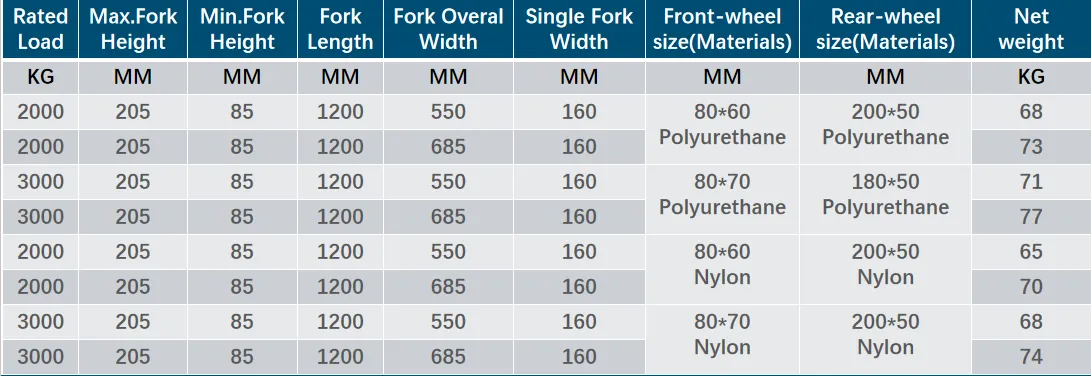Innovative Design Solutions for Efficient Warehouse Gantry Systems and Operations
Understanding Warehouse Gantry Systems An Efficient Solution for Modern Logistics
In the rapidly evolving world of logistics and warehousing, efficiency and space optimization have become paramount. Among the solutions that have emerged to address these challenges, warehouse gantry systems stand out as effective tools that streamline operations, enhance productivity, and ensure safety within storage environments.
A warehouse gantry, often referred to as a gantry crane or gantry system, consists of a bridge-like structure supported by vertical legs. It is designed to lift and move heavy loads within a warehouse or industrial setting. Unlike traditional overhead cranes, which typically require a fixed structure attached to the building's ceiling, gantry systems are versatile and can be moved easily across the warehouse floor. This adaptability makes them an ideal choice for facilities with limited space or those requiring flexibility in their operations.
One of the most significant advantages of a warehouse gantry system is its ability to handle large and heavy items that would otherwise be difficult to move manually
. By using electric hoists or manual chain hoists, operators can lift loads efficiently and transport them across the facility. This not only reduces the physical strain on workers but also minimizes the risk of injuries associated with lifting heavy materials, leading to a safer workplace environment.Moreover, warehouse gantries can be designed to accommodate a range of load capacities and heights, making them suitable for a variety of industries, from manufacturing to distribution centers. Their customizable nature allows businesses to tailor the gantry system to meet their specific operational needs, resulting in optimized workflows and increased throughput. For instance, gantry systems equipped with rotating or tilting capabilities enhance loading and unloading processes, allowing for quick and precise placement of goods.
warehouse gantry

In addition to improving efficiency, warehouse gantries also contribute significantly to space optimization. In many warehouses, vertical space is underutilized. By integrating a gantry system, businesses can take advantage of their vertical space, stacking goods higher and maximizing storage capacity. This is particularly beneficial for companies with varying inventory levels, as the gantry can be adjusted to accommodate different load sizes without requiring complete structural changes to the facility.
Technological advancements have also revolutionized the capabilities of warehouse gantry systems. The incorporation of automated controls and the Internet of Things (IoT) allows for real-time monitoring and management of inventory and equipment. Smart gantry systems can be programmed to optimize loading sequences, track load movements, and even perform routine maintenance alerts. This level of automation not only boosts productivity but also helps reduce operational costs by minimizing downtime and improving resource allocation.
Furthermore, adopting a warehouse gantry system can lead to significant cost savings in the long run. By reducing labor costs, minimizing the risk of product damage during handling, and maximizing use of the warehouse space, businesses can achieve a higher return on investment. These systems are often designed for durability and longevity, ensuring they can withstand the rigors of daily operations without frequent replacement or maintenance.
In conclusion, warehouse gantry systems are an invaluable asset in the modern logistics landscape. Their ability to enhance operational efficiency, improve safety, optimize space, and leverage technological advancements makes them an essential tool in any warehouse environment. As businesses continue to seek innovative solutions to meet the demands of an ever-changing market, gantry systems are poised to play a crucial role in redefining warehousing and logistics efficiency. Investing in these systems not only boosts productivity but also positions companies for long-term success in a competitive industry.
-
Unlock Seamless Relocation with Our Heavy Equipment Moving ExpertiseNewsJun.06,2025
-
Unleash Unrivaled Flexibility with Our Adjustable Gantry CraneNewsJun.06,2025
-
Unleash Heavy-Duty Efficiency with Our Industrial Gantry Crane SolutionsNewsJun.06,2025
-
Revolutionize Steel Handling with Our Magnetic Lifter RangeNewsJun.06,2025
-
Master Equipment Mobility with Premium Machinery Mover SolutionsNewsJun.06,2025
-
Elevate Your Material Handling with Magnetic Lifter TechnologyNewsJun.06,2025
-
YS Permanent Lifting Magnets: The Smarter Way to Handle SteelNewsMay.22,2025
